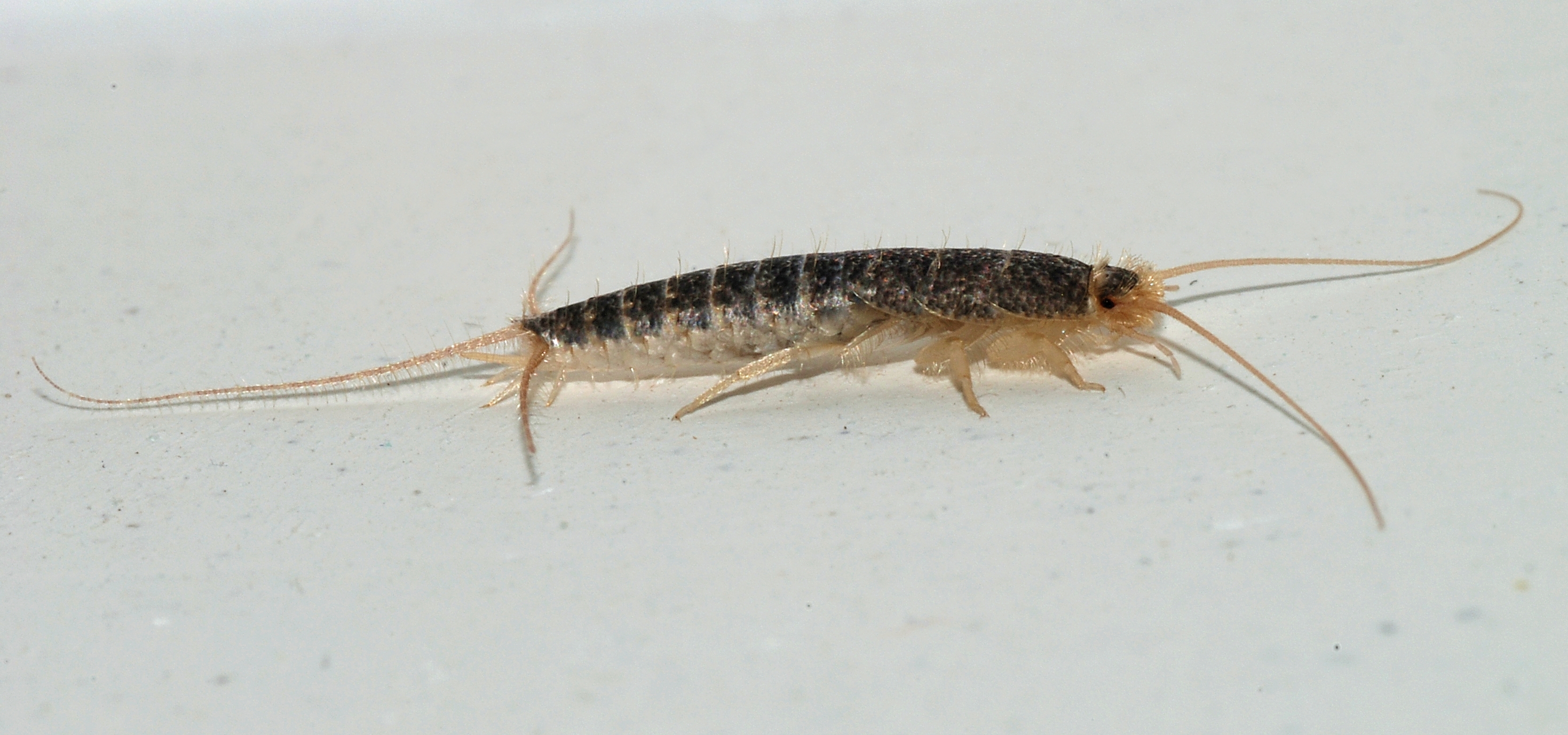|
Ametabolism
Ametabolism is a type of growth or life cycle in insects in which there is slight or no metamorphosis, only a gradual increase in size. It is present only in primitive wingless insects: the orders Archaeognatha and Zygentoma.McGavin, George C. ''Essential Entomology: An Order-by-Order Introduction''. Oxford: Oxford University Press, 2001. pp. 20. See also * Hemimetabolism *Holometabolism Holometabolism, also called complete metamorphosis, is a form of insect development which includes four life stages: egg, larva, pupa, and imago (or adult). Holometabolism is a synapomorphic trait of all insects in the superorder Endopterygot ... References External links * http://www.biology-online.org/dictionary/Ametabolism * https://en.wiktionary.org/wiki/ametabolic {{Developmental biology Insect developmental biology ... [...More Info...] [...Related Items...] OR: [Wikipedia] [Google] [Baidu] |
Hemimetabolism
Hemimetabolism or hemimetaboly, also called incomplete metamorphosis and paurometabolism,McGavin, George C. ''Essential Entomology: An Order-by-Order Introduction''. Oxford: Oxford University Press, 2001. pp. 20. is the mode of development of certain insects that includes three distinct stages: the egg, nymph, and the adult stage, or imago. These groups go through gradual changes; there is no pupal stage. The nymph often has a thin exoskeleton and resembles the adult stage but lacks wings and functional reproductive organs. The hemimetabolous insects differ from ametabolous taxa in that the one and only adult instar undergoes no further moulting. Orders All insects of the Pterygota except Holometabola belong to hemimetabolous orders: * Hemiptera (scale insects, aphids, whitefly, cicadas, leafhoppers, and true bugs) *Orthoptera ( grasshoppers, locusts, and crickets) *Mantodea (praying mantises) *Blattodea (cockroaches and termites) *Dermaptera ( earwigs) *Odonata (dragonflies and d ... [...More Info...] [...Related Items...] OR: [Wikipedia] [Google] [Baidu] |
Zygentoma
Zygentoma are an order in the class Insecta, and consist of about 550 known species. The Zygentoma include the so-called silverfish or fishmoths, and the firebrats. A conspicuous feature of the order are the three long caudal filaments. The two lateral filaments are cerci, and the medial one is an epiproct or ''appendix dorsalis''. In this they resemble the Archaeognatha, although the cerci of Zygentoma, unlike in the latter order, are nearly as long as the epiproct. Until the late twentieth century the Zygentoma were regarded as a suborder of the Thysanura, until it was recognized that the order Thysanura was paraphyletic, thus raising the two suborders to the status of independent monophyletic orders, with Archaeognatha as sister group to the Dicondylia, including the Zygentoma. Etymology The name "Zygentoma" is derived from the Greek ('), in context meaning "yoke" or "bridge"; and ('), "insects", literally "cut into" because of the segmented anatomy of typical insects ... [...More Info...] [...Related Items...] OR: [Wikipedia] [Google] [Baidu] |
Holometabolism
Holometabolism, also called complete metamorphosis, is a form of insect development which includes four life stages: egg, larva, pupa, and imago (or adult). Holometabolism is a synapomorphic trait of all insects in the superorder Endopterygota. Immature stages of holometabolous insects are very different from the mature stage. In some species the holometabolous life cycle prevents larvae from competing with adults because they inhabit different ecological niches. The morphology and behavior of each stage are adapted for different activities. For example, larval traits maximize feeding, growth, and development, while adult traits enable dispersal, mating, and egg laying. Some species of holometabolous insects protect and feed their offspring. Other insect developmental strategies include ametabolism and hemimetabolism. Developmental stages There are four general developmental stages, each with its own morphology and function. Egg The first stage of the insect life cycle is t ... [...More Info...] [...Related Items...] OR: [Wikipedia] [Google] [Baidu] |
Archaeognatha
The Archaeognatha are an order of apterygotes, known by various common names such as jumping bristletails. Among extant insect taxa they are some of the most evolutionarily primitive; they appeared in the Middle Devonian period at about the same time as the arachnids. Specimens that closely resemble extant species have been found as both body and trace fossils (the latter including body imprints and trackways) in strata from the remainder of the Paleozoic Era and more recent periods. For historical reasons an alternative name for the order is Microcoryphia. Until the late 20th century the suborders Zygentoma and Archaeognatha comprised the order Thysanura; both orders possess three-pronged tails comprising two lateral cerci and a medial epiproct or ''appendix dorsalis''. Of the three organs, the appendix dorsalis is considerably longer than the two cerci; in this the Archaeognatha differ from the Zygentoma, in which the three organs are subequal in length. In the late 20th cen ... [...More Info...] [...Related Items...] OR: [Wikipedia] [Google] [Baidu] |



.jpg)